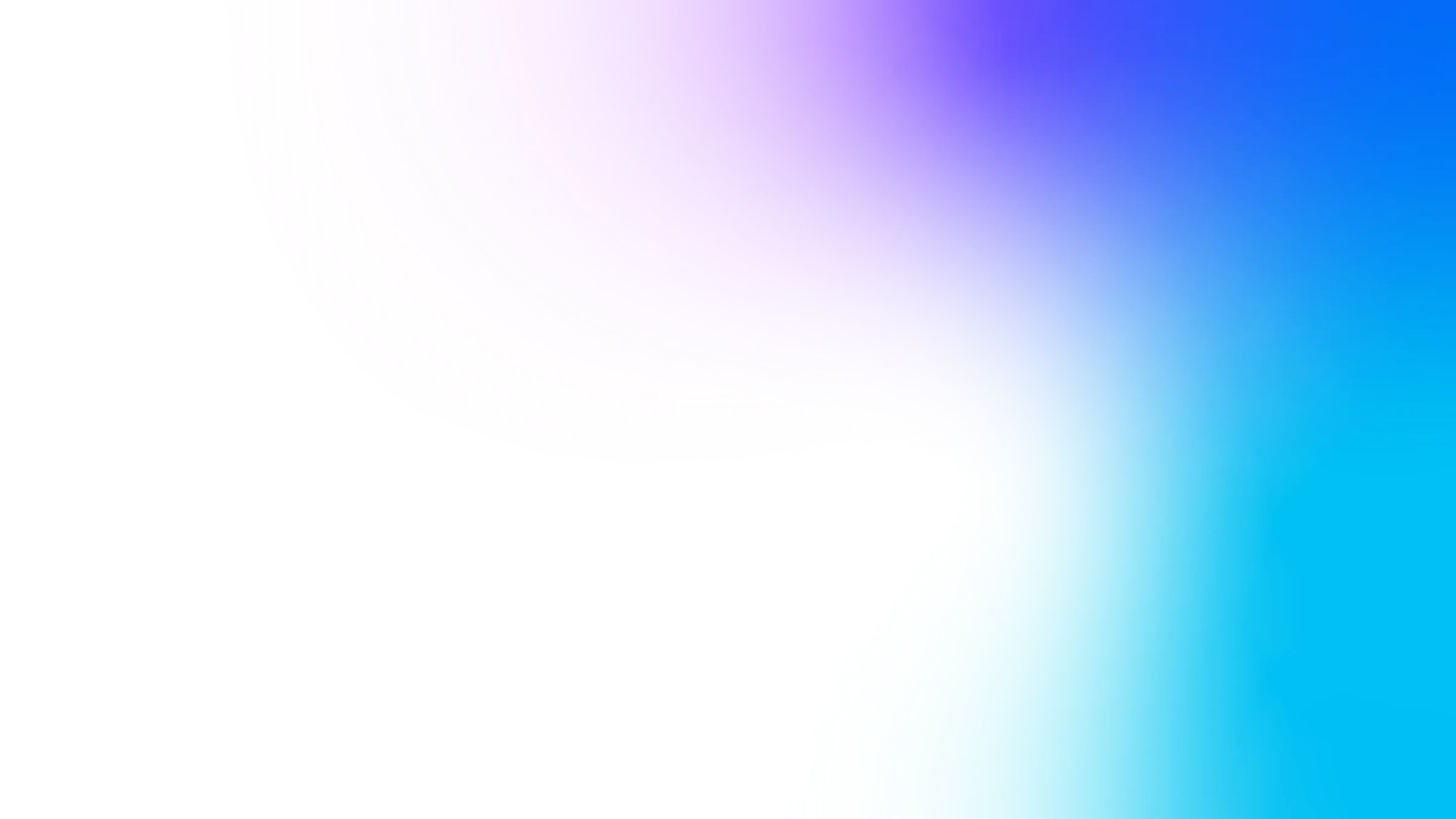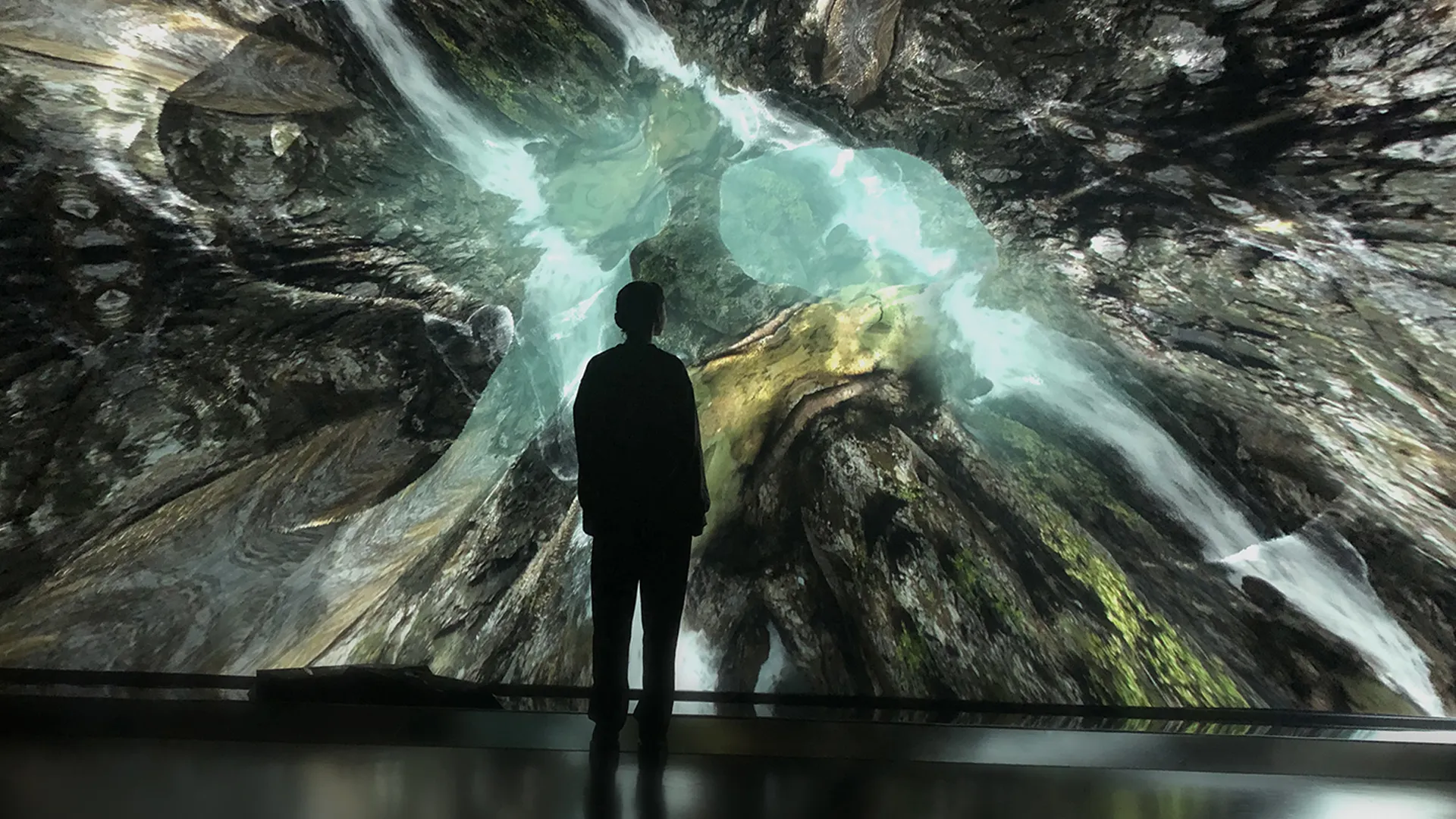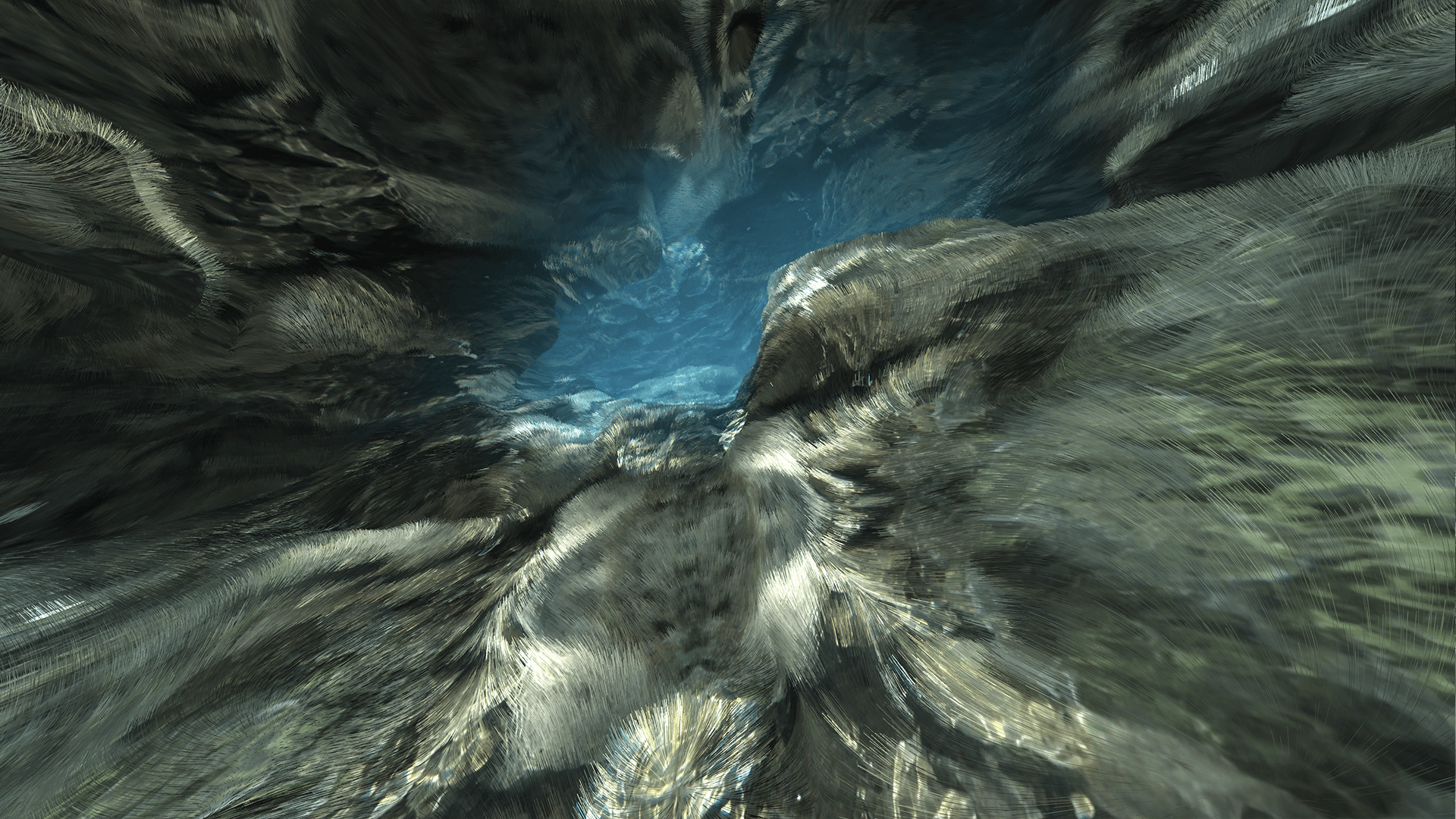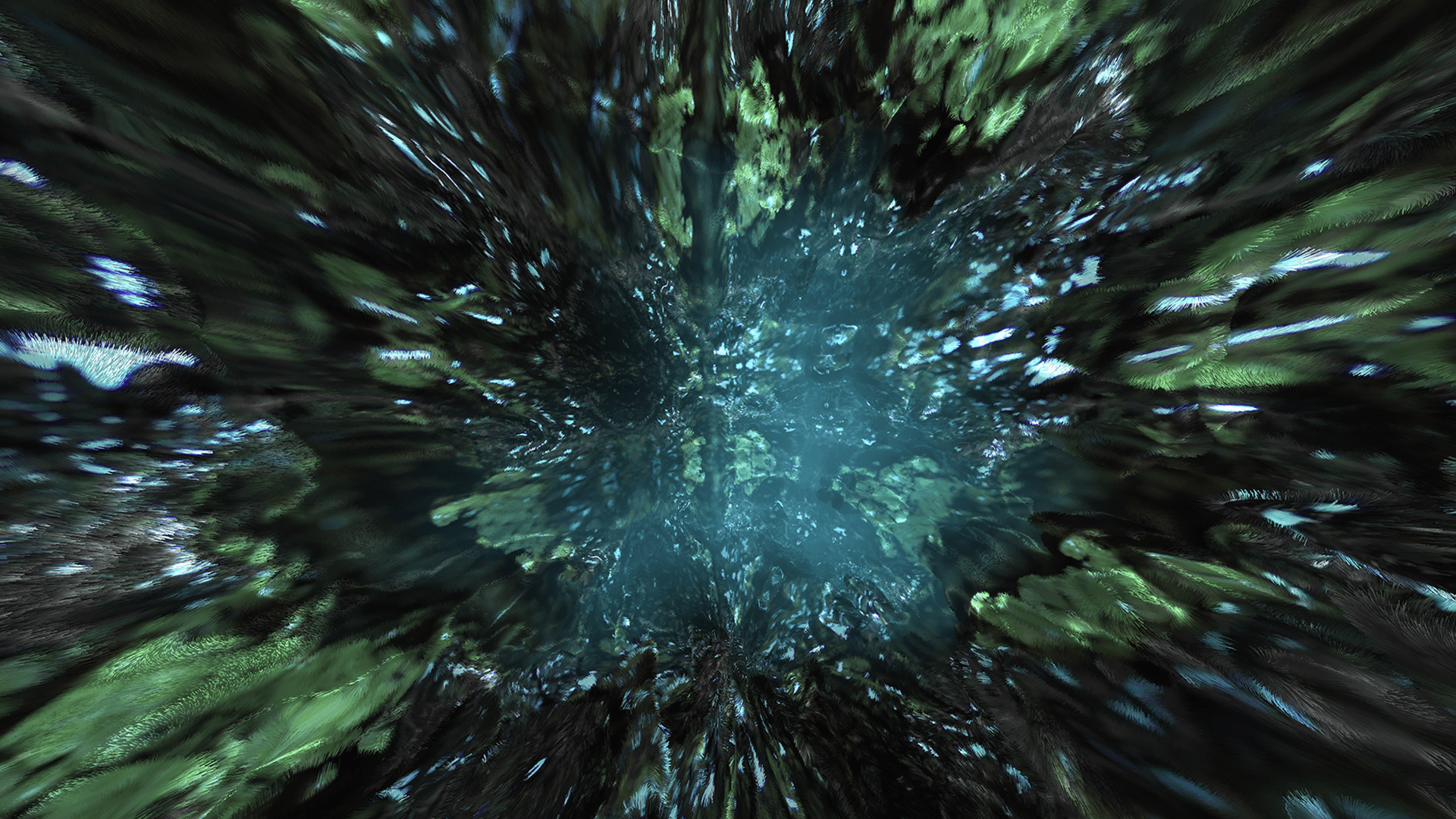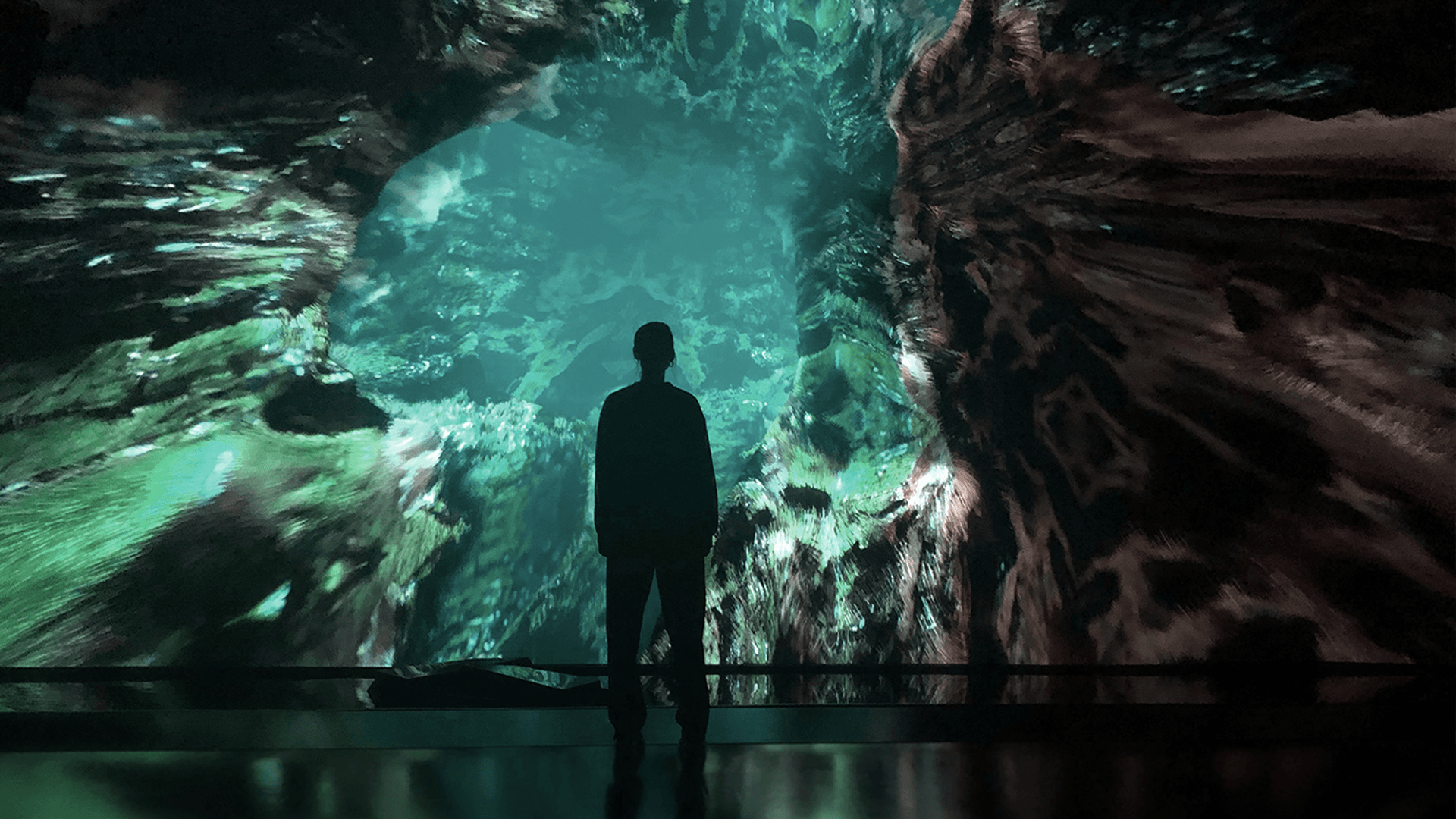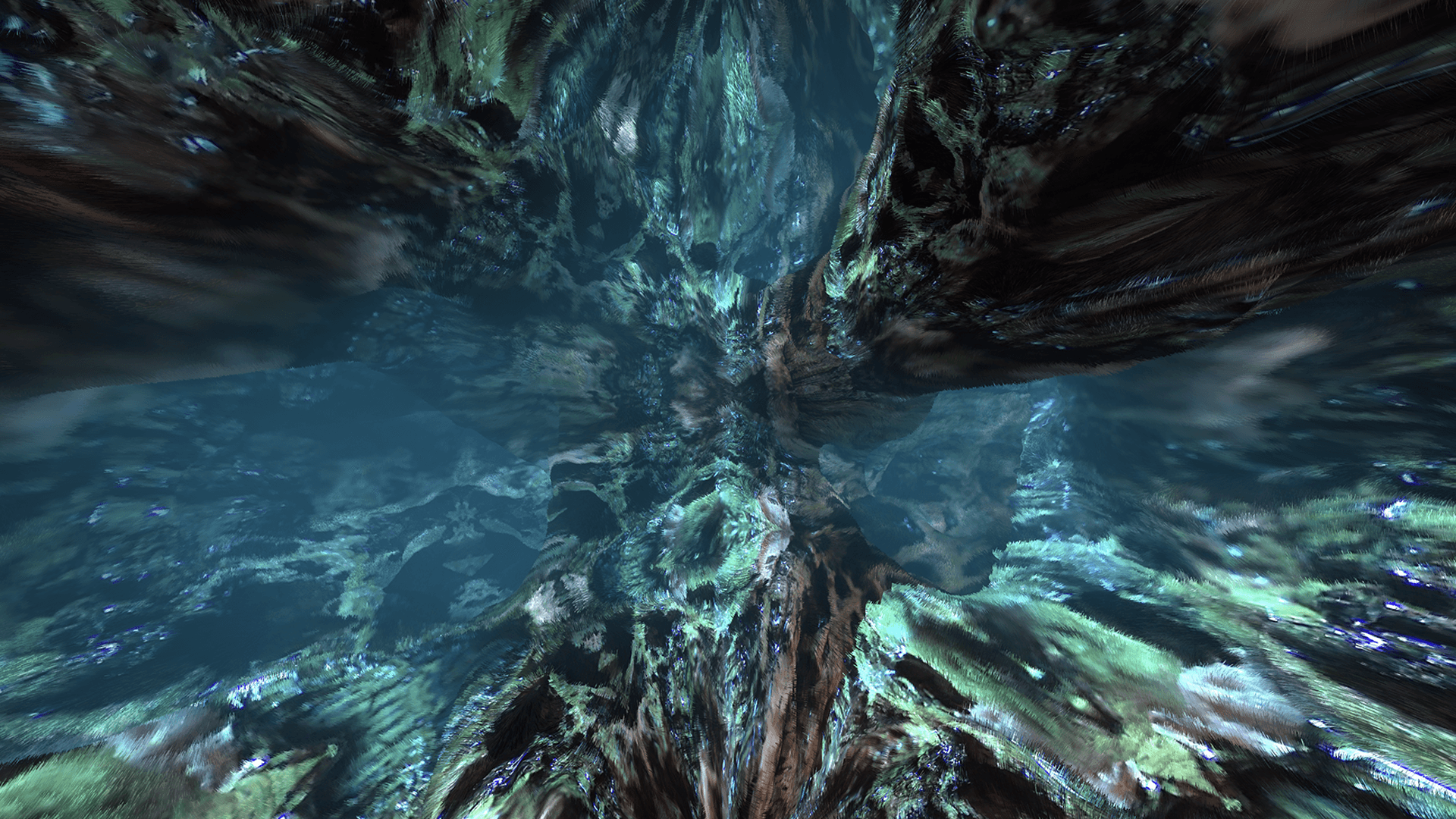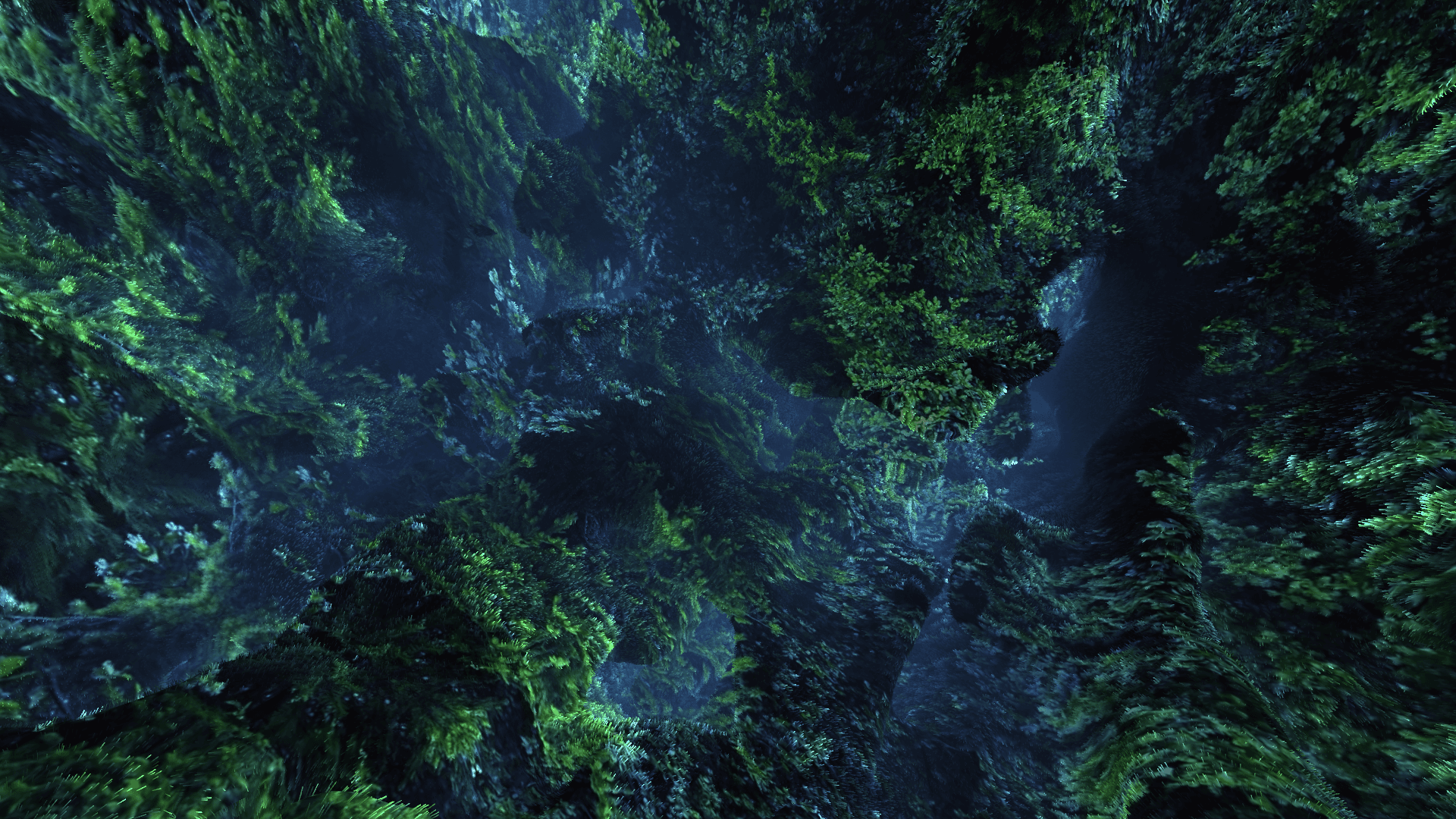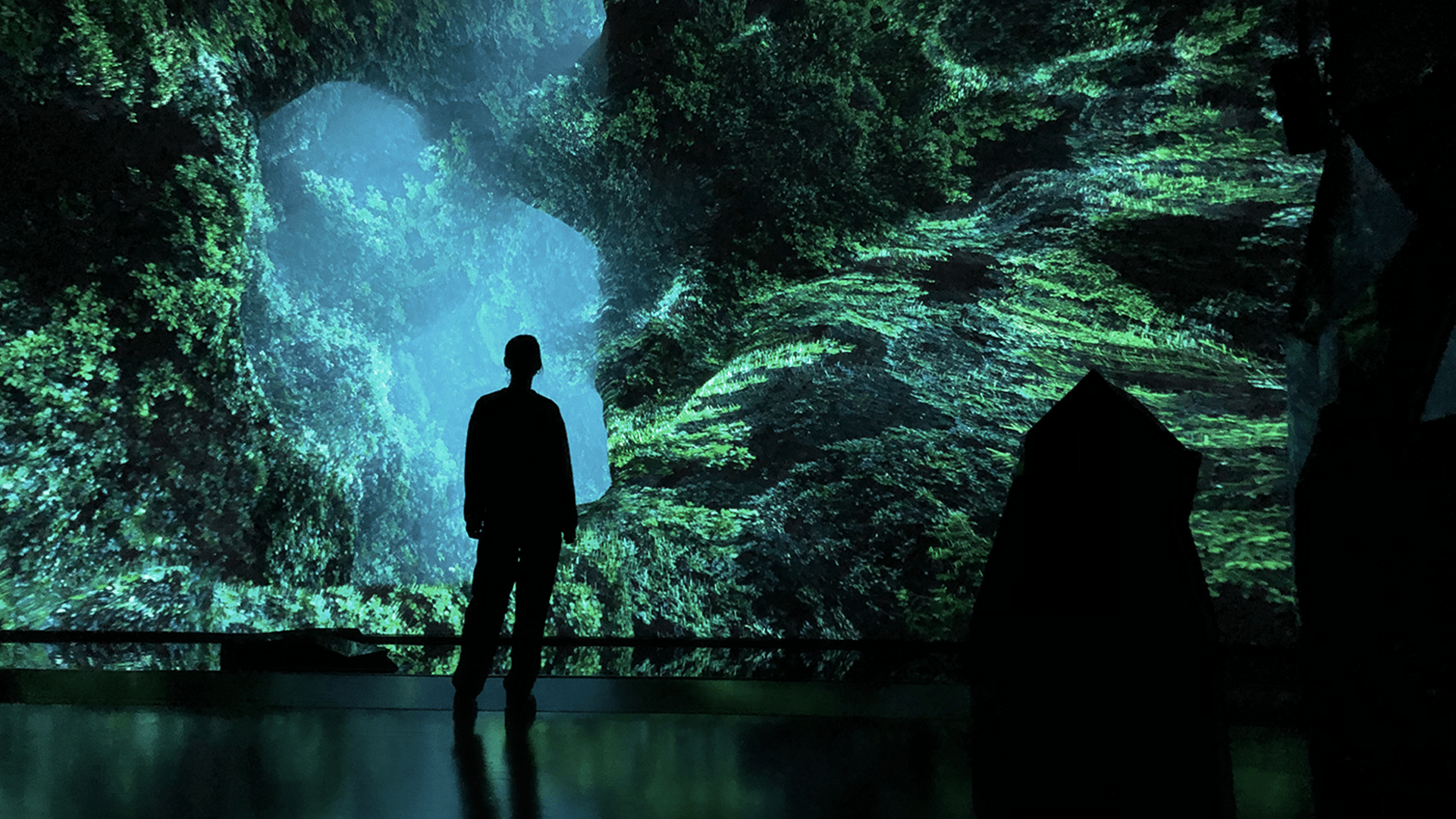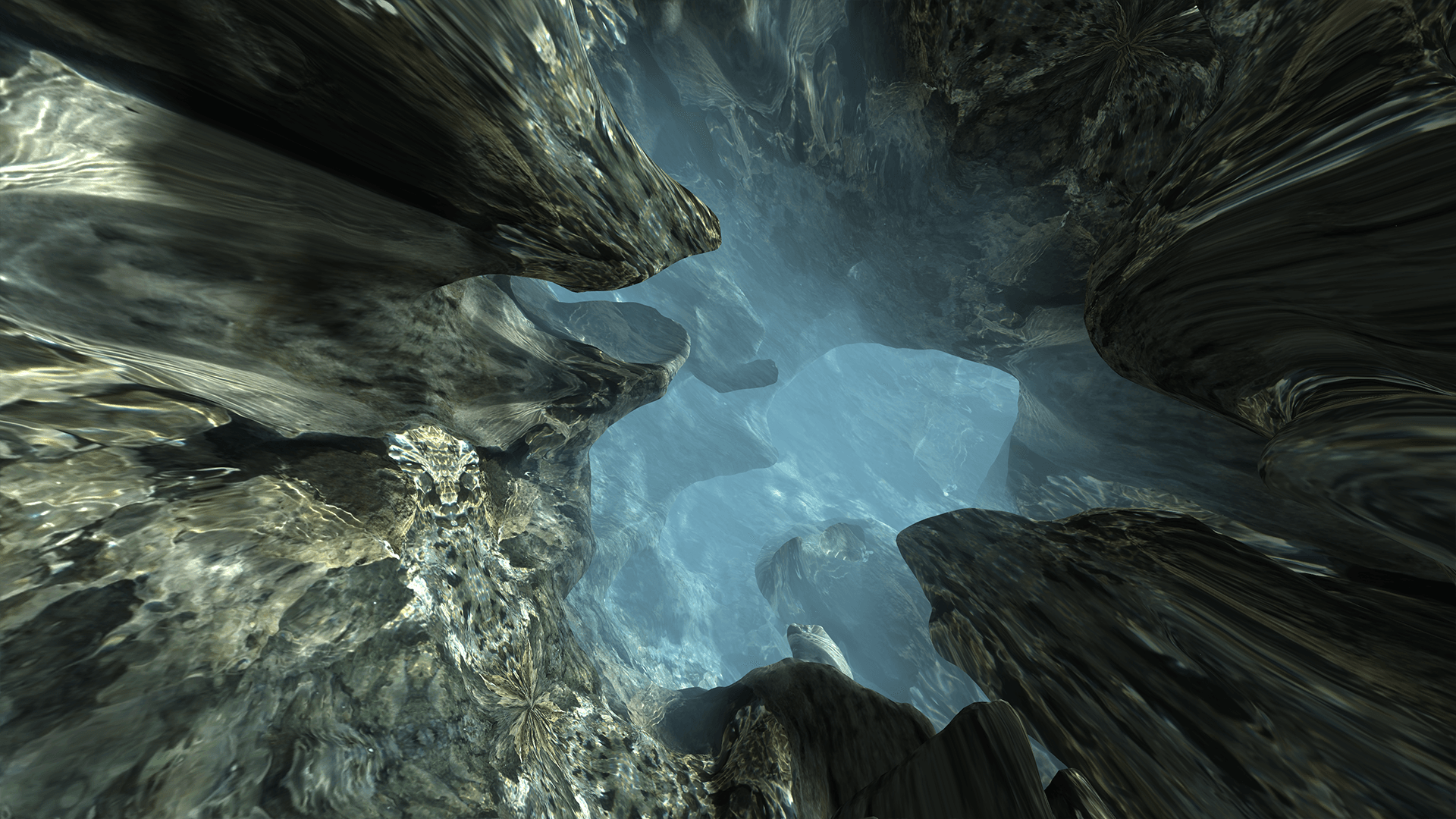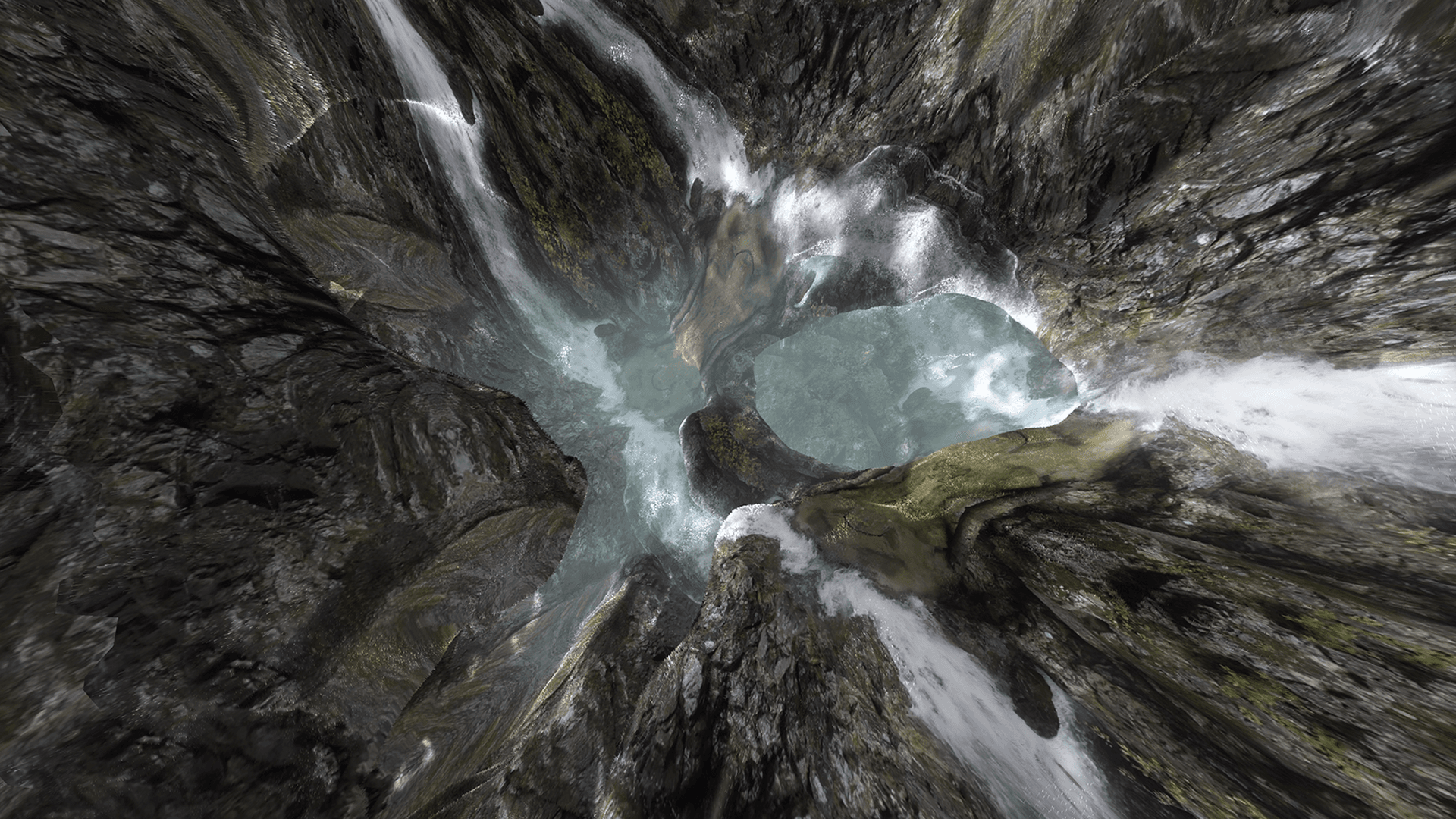HABITAT is a data-driven installation, first presented and currenly on view at Nxt Museum. It documents and visualizes natural growth based on 3D scans from the natural history archives of Leiden’s Naturalis. HABITAT is a collaboration with NAIVI, who developed the custom-built software for the installation, and sonic designer Stijn van Beek. It aims to illustrate the complexity exchange between humanity and their natural environment, and raises questions on how we contemplate ideas of nature trying to give an alternate vision. The work started out with archival research, to collect data from the Naturalis Biodiversity Center, paired with cinematographic documentation of places around the world. When collecting the specimens for the work things became very tactile but when we digitised it, the outcome evolved into something completely abstract. What is presented is not ment as a realistic depiction of nature but is recognisable as something that feels like it, shown as a very complex landscape where you eventually can get lost.
HABITAT has a circular experience of time; there's no beginning and no end; no up or down; it breaks free from perspective.
I wanted to create an experience that came close to authentic depiction of nature, to shape this enchanting feeling of being close to something wild and alive. The work has a circular experience of time; there's no beginning and no end; no up or down; it breaks free from perspective. The way nature is constructed in HABITAT is almost like a moving canvas, an ever-evolving one.
The arrival of new media techniques can produce nature as a perceived image. I was interested in how imagination functions based on these digital impulses. Does it evoke the same interactions, as if we were perceiving a ‘real’ environment? In the end it illustrates that nature doesn’t exist to fulfil any imaginative purpose. It is not ours. HABITAT shows this paradox, it abolishes human agency.
